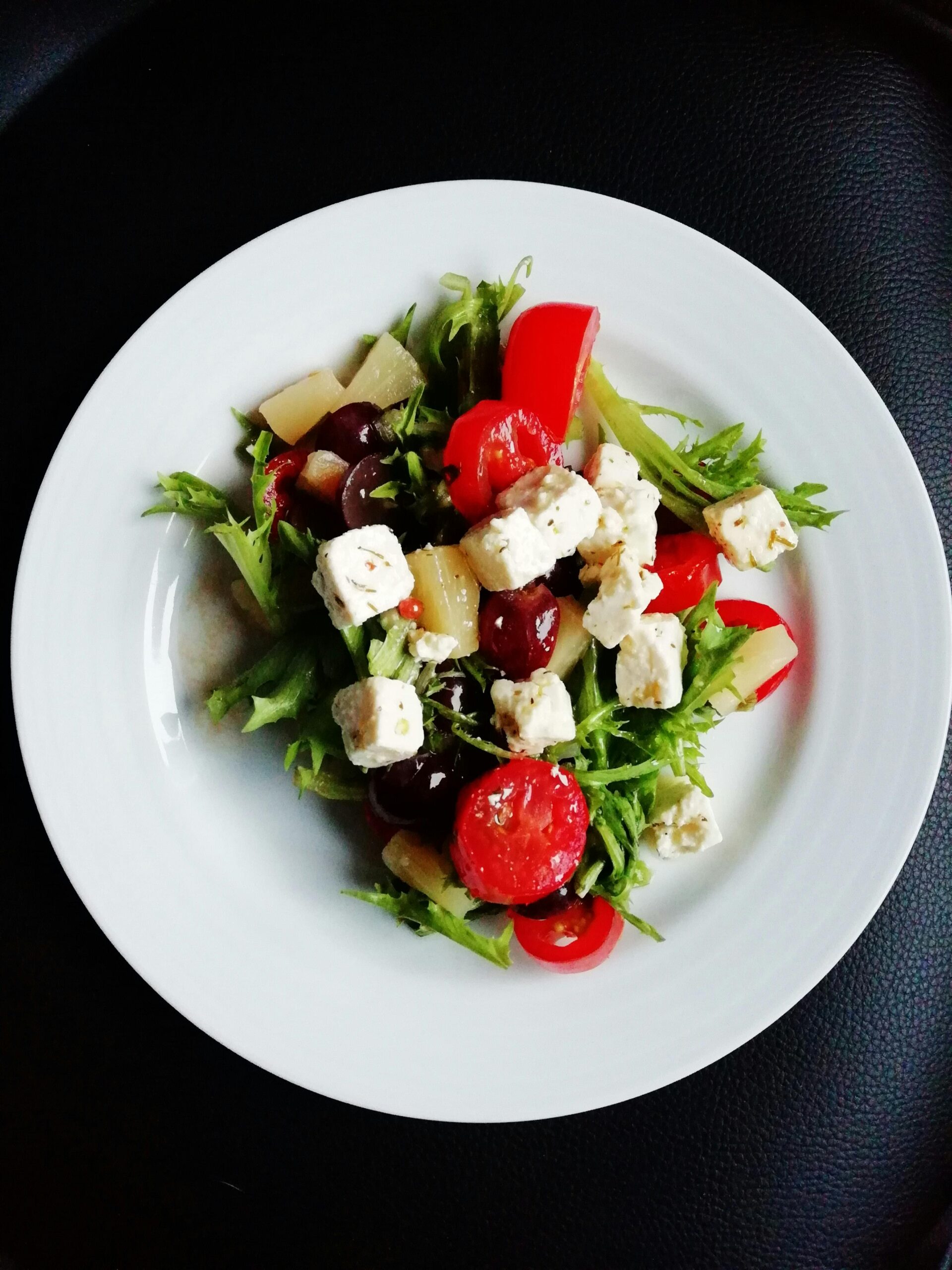(image credit: by Iina Luoto )
Chronic inflammation is at the root of many modern illnesses—from heart disease and arthritis to anxiety and fatigue. The good news? What you eat can be your strongest defense. Discover how the anti-inflammatory diet supports long-term health and helps prevent disease—naturally.
What Is Inflammation—and Why Does It Matter?
Inflammation is your body’s natural immune response to injury or infection. In short bursts, it’s essential. But when inflammation becomes chronic, it turns harmful, quietly damaging tissues and contributing to a wide range of diseases such as:
Heart disease
Type 2 diabetes
Obesity
Autoimmune conditions
Certain types of cancer
What we eat plays a major role in either fuelling or fighting this inflammation. That’s where the anti-inflammatory diet comes in.
The Best Anti-Inflammatory Foods (and What to Avoid)
Eating to reduce inflammation doesn’t mean giving up flavor or satisfaction—it just means choosing foods that heal, not harm.
✅ Top Anti-Inflammatory Foods
Fatty fish (salmon, sardines, mackerel): Packed with omega-3s
Leafy greens (spinach, kale, arugula): Rich in antioxidants
Berries (blueberries, strawberries): Natural sources of polyphenols
Turmeric: A spice superstar known for its curcumin content
Olive oil: A heart-healthy fat that reduces inflammatory markers
Nuts & seeds (almonds, chia seeds): High in fiber and healthy fats
Green tea: Loaded with anti-inflammatory catechins
❌ Foods to Avoid
Refined carbs (white bread, pastries)
Fried and processed foods
Sugary drinks
Excessive alcohol
Red and processed meats
These items are known to trigger or worsen inflammation over time.
Real-Life Results: How the Anti-Inflammatory Diet Changed Lives
Thousands have embraced this diet and seen dramatic improvements. Here are a few common success stories:
Sarah, 42, reduced her rheumatoid arthritis symptoms by replacing processed snacks with anti-inflammatory smoothies and lean proteins.
Jake, 35, lowered his cholesterol levels and lost 15 pounds in 3 months by swapping out red meat for fatty fish and greens.
Maria, 50, experienced better focus and fewer migraines after cutting out refined sugar and incorporating turmeric tea into her routine.
The beauty of this approach is that it doesn’t just target one symptom—it supports your body as a whole.
Starting the Anti-Inflammatory Diet Without Overwhelm
No need to toss out everything in your fridge. Here’s how to ease in without stress:
Add, don’t subtract: Focus on including more whole foods rather than cutting everything at once.
Make one switch at a time: Swap soda for green tea, or white rice for quinoa.
Plan easy meals: Try roasted salmon with sweet potato and spinach, or overnight oats topped with berries and flaxseeds.
Meal prep smart: Pre-cut veggies and pre-make snacks like trail mix for grab-and-go ease.
Listen to your body: Notice which foods energize you—and which leave you feeling sluggish or bloated.
Focus Keywords:
anti-inflammatory diet, natural health remedies, chronic disease prevention, healthy eating tips


